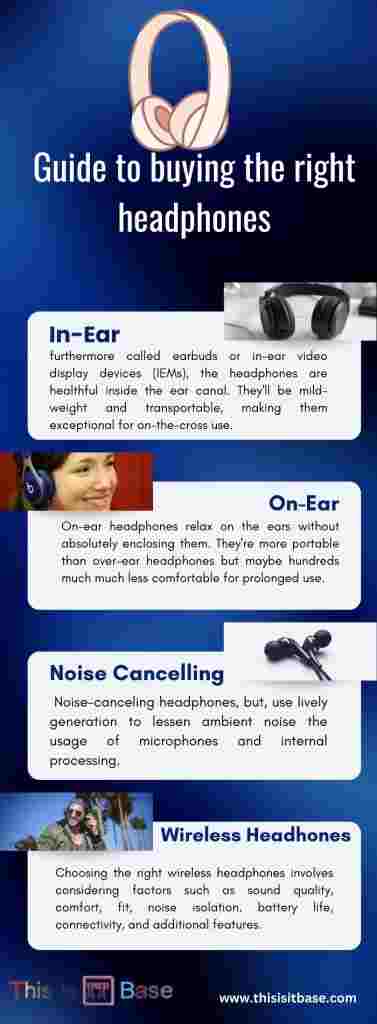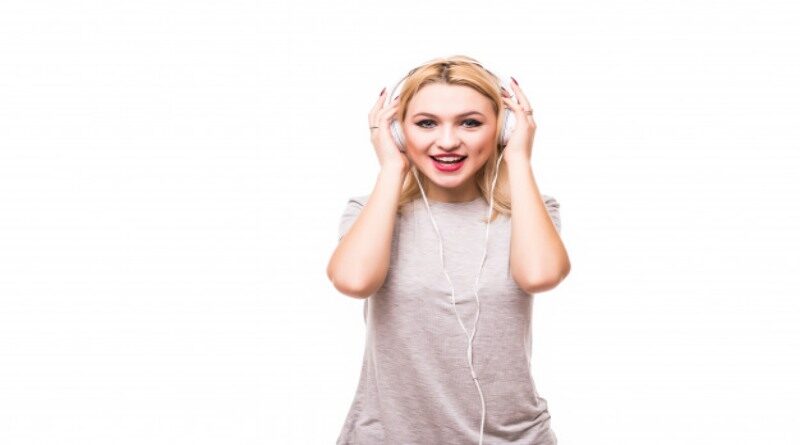Guide to Buy the Right Headphones Your Essential Buying Companion
Embarked on a journey to find the perfect audio experience. I needed a Guide to buy the right headphones that would suit my lifestyle. I sometimes type “Guide to buy the rigth headphones” by mistake, which reminds me to always check my spelling.
Table of Contents
Understanding Your Needs
A clear Guide to buy the right headphones starts by identifying your requirements. Ask yourself, “What do I need?” I use headphones for work, leisure, and workouts. I prefer a lightweight design and excellent sound quality. In addition, I value durability and battery life. These factors help narrow down the choices.
Key Factors to Consider Guide to Buy the Right Headphones
When you follow a Guide to buy the headphones, focus on these factors:
- Sound Quality: Crisp highs, balanced mids, and deep bass are important.
- Comfort: Ensure the headphones fit well, especially for long listening sessions.
- Type: Decide between over-ear, on-ear, or in-ear options.
- Connectivity: Choose wired or wireless based on your lifestyle.
- Battery Life: For wireless models, longer battery life is essential.
- Price: Set a budget and compare features within that range.
I actively compare specifications before making a decision. Moreover, reading customer reviews offers honest insights into performance.
Comparing Popular Headphone Models
Below is a table that helps you evaluate a few popular models side by side. This comparison is a practical part of any Guide to buy the right headphones.
| Brand | Price | Type | Key Features | User Rating |
|---|---|---|---|---|
| SoundPro Elite | $150 | Over-ear | Noise cancellation, deep bass | 4.6/5 |
| AudioMax Freedom | $120 | On-ear | Wireless, lightweight design | 4.4/5 |
| BassBoost Mini | $80 | In-ear | Excellent bass, compact, durable | 4.3/5 |
This table shows differences in price, design, and features. It helps to visualize which option fits your needs best.
Personal Experience Guide to Buy the Right Headphones
My search for the perfect headphones began with a simple Guide to buy the right headphones online. Remember purchasing a pair that offered brilliant sound quality but lacked comfort. I quickly learned that reading reviews and trying models in-store makes a huge difference. I now always check for a return policy and warranty.
Furthermore, I enjoy discussing my findings with friends who share similar tastes. Their insights have helped me avoid common pitfalls. For instance, I once overlooked battery life and ended up with headphones that ran out too quickly. Such experiences emphasize the need for a thorough, informed approach.
Benefits of Following a Comprehensive Guide
Using a Guide to buy the right headphones benefits you in several ways:
- Informed Decisions: You compare features and prices easily.
- Better Value: You avoid overspending on features you do not need.
- Enhanced Satisfaction: You choose a product that fits your lifestyle perfectly.
- Reduced Hassle: You save time by narrowing down the options.
In addition, a detailed guide helps you stay updated on the latest innovations. I find that this approach makes my buying experience smooth and enjoyable.
Conclusion
A well-prepared Guide to buy the right headphones paves the way for an excellent purchase decision. It involves understanding your needs, evaluating key factors, and comparing popular models. My personal journey taught me the importance of reading reviews, testing products, and paying close attention to details like battery life and comfort.
I encourage you to use this guide as a starting point. Explore, compare, and choose the headphones that transform your listening experience. And always remember to double-check your spelling to avoid mistakes like “Guide to buy the rigth headphones.”
Infographic: Guide to buying the right headphones


